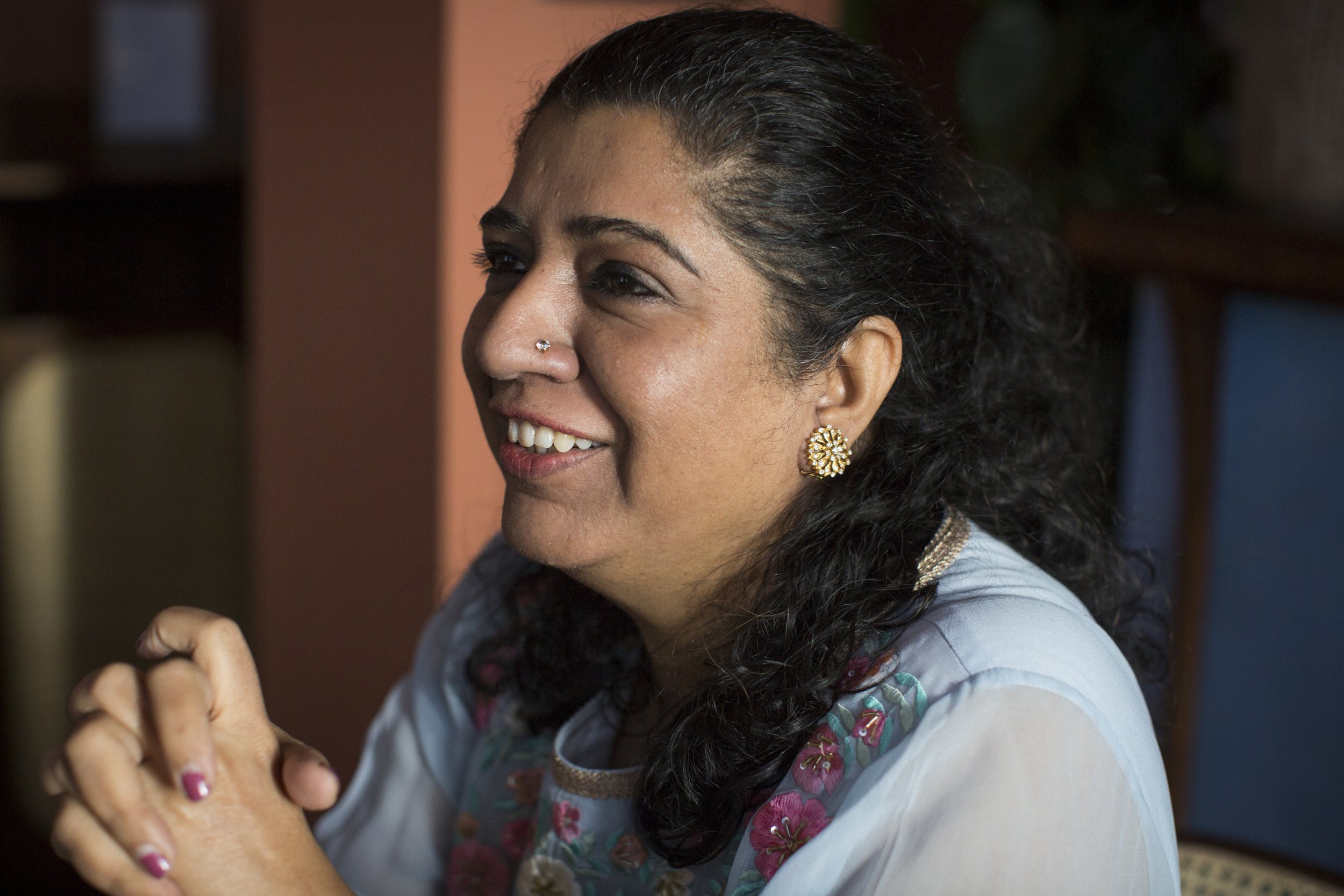Bengali Cuisine
Thanks to its climate and location, Bengali cuisine is mild, fresh and bright. We talk to chef Asma Khan about her native food culture.
Chef Asma Khan is keen for everyone to know Indian food isn’t all the same.
“India is full of regional variations,” she says. “Regional cuisine is at the heart of our food. We do not have a generic Indian cuisine – but you wouldn’t know that if you went to an Indian restaurant.”
Lots of factors shape a cuisine: geography, weather, farming, culture – and for Khan, Bengali food is particularly close to her heart.
She grew up in Kolkata, the capital of West Bengal. She says it’s “very interesting because of where it’s located: a port”. There’s a “strong tradition” for Muslim food in Bengal – in Khan’s latest cookbook, Ammu (named after her mother), she says: “You’ll find the kormas and more traditional Muslim dishes, but also Bengali dishes like the golda chingri malaikari using these huge prawns.”
Put simply, Khan says: “Bengali food is a lot of vegetables and fresh seafood, and we eat it with rice – very simple, very aromatic food, but very healthy as well” – something she says is “what you have to have because Bengal is very, very hot. It’s the Bay of Bengal, it’s a sauna.
“Its humidity is incredible, and the monsoons are long and brutal. It’s non-stop relentless rain for days and days, with lots of flooding. So it is food that is very healing, but very bright. I would call it very bright, beautiful food.”
Many people might think Indian dishes are all cooked long and slow to let the spices develop, but that’s not necessarily the case in Bengal. Khan describes how Bengali food tends to keep its colour because “you cook it very quickly”.
She explains: “So it’s not slow cooking, because of the weather. It’s great food for people who don’t have that much time, but are able to get good quality ingredients.” After all, if it’s sweltering you don’t want to be “stirring stuff for a long time over a cooker”, she adds with a laugh.
Ammu: Indian Home-Cooking To Nourish Your Soul by Asma Khan is published by Ebury Press. Photography by Laura Edwards. Available now.
Another common misconception around Indian food Khan wants to debunk? That it’s all extremely spicy. In Bengal, you’ll find lots of mild dishes, such as kormas. “The whole idea that chillies should blow your head away is an alien concept,” she says. “There are parts of India where they eat a lot of chillies, but there are other parts where the chillies are very mild – like where I grew up.”
If you’re going to try a Bengali dish, Khan urges you to go for something with vegetables. “We have pumpkin dishes, also beans cooked with mustard seeds – these are all very quick dishes to make, and really allow you to enjoy the vegetable without overcooking it,” she says. And if you have a sweet tooth, she directs you towards sandesh (sweetened milk curds) – Khan likes hers flavoured with lavender.






